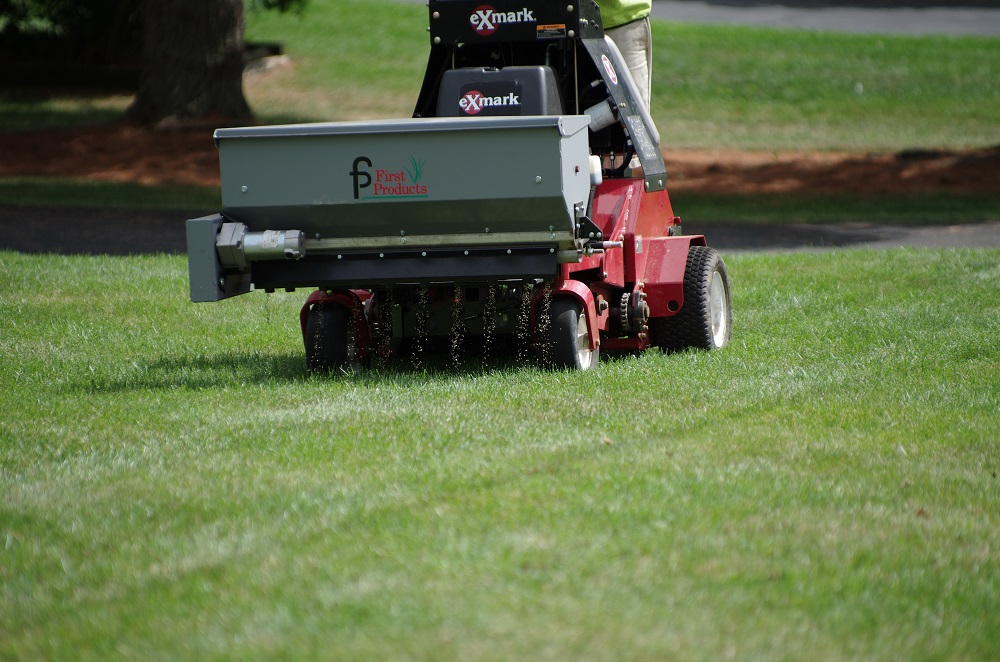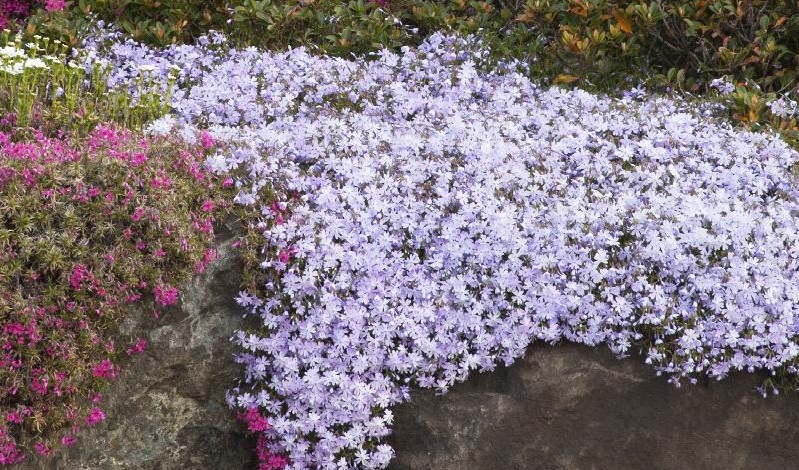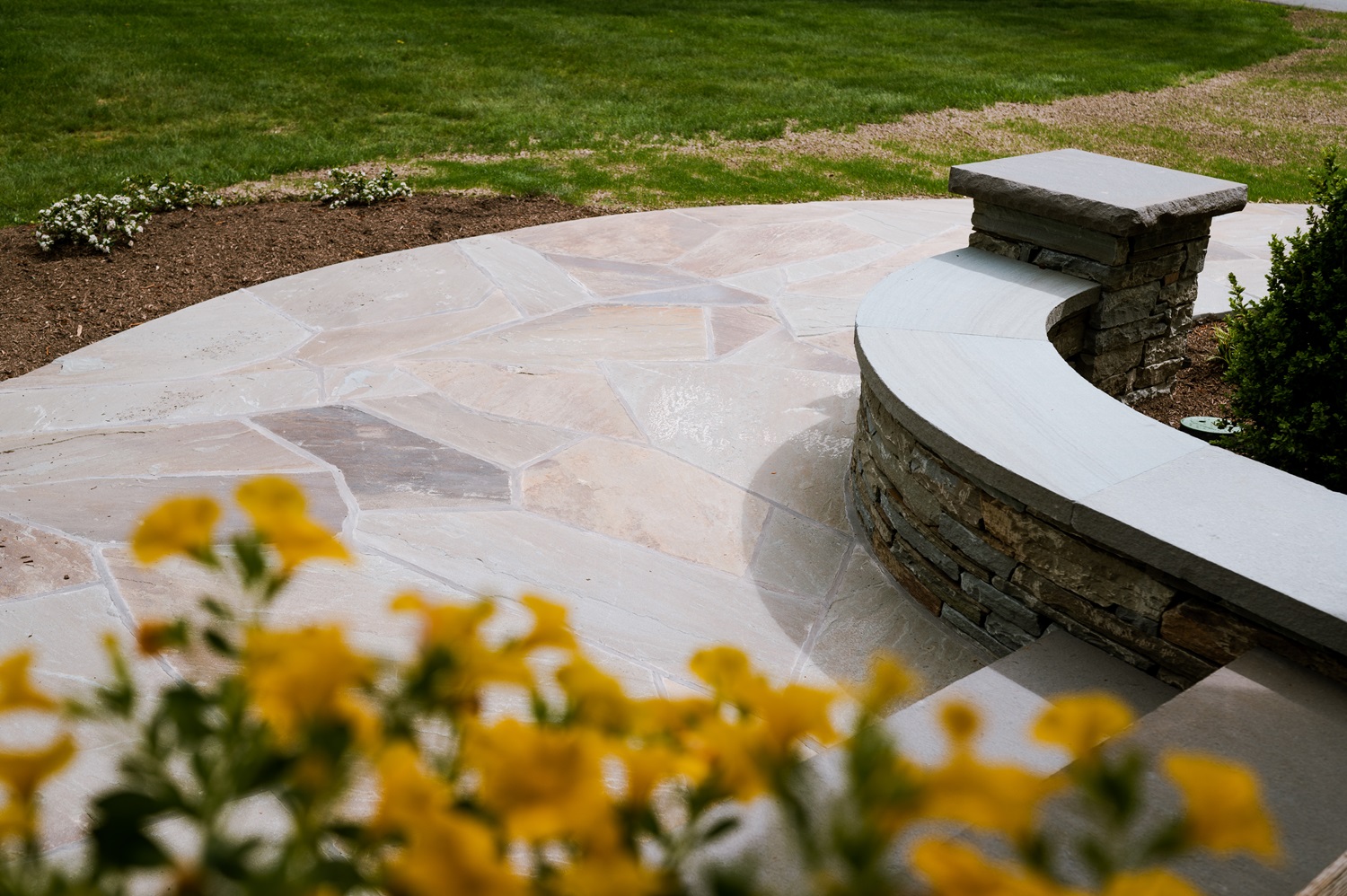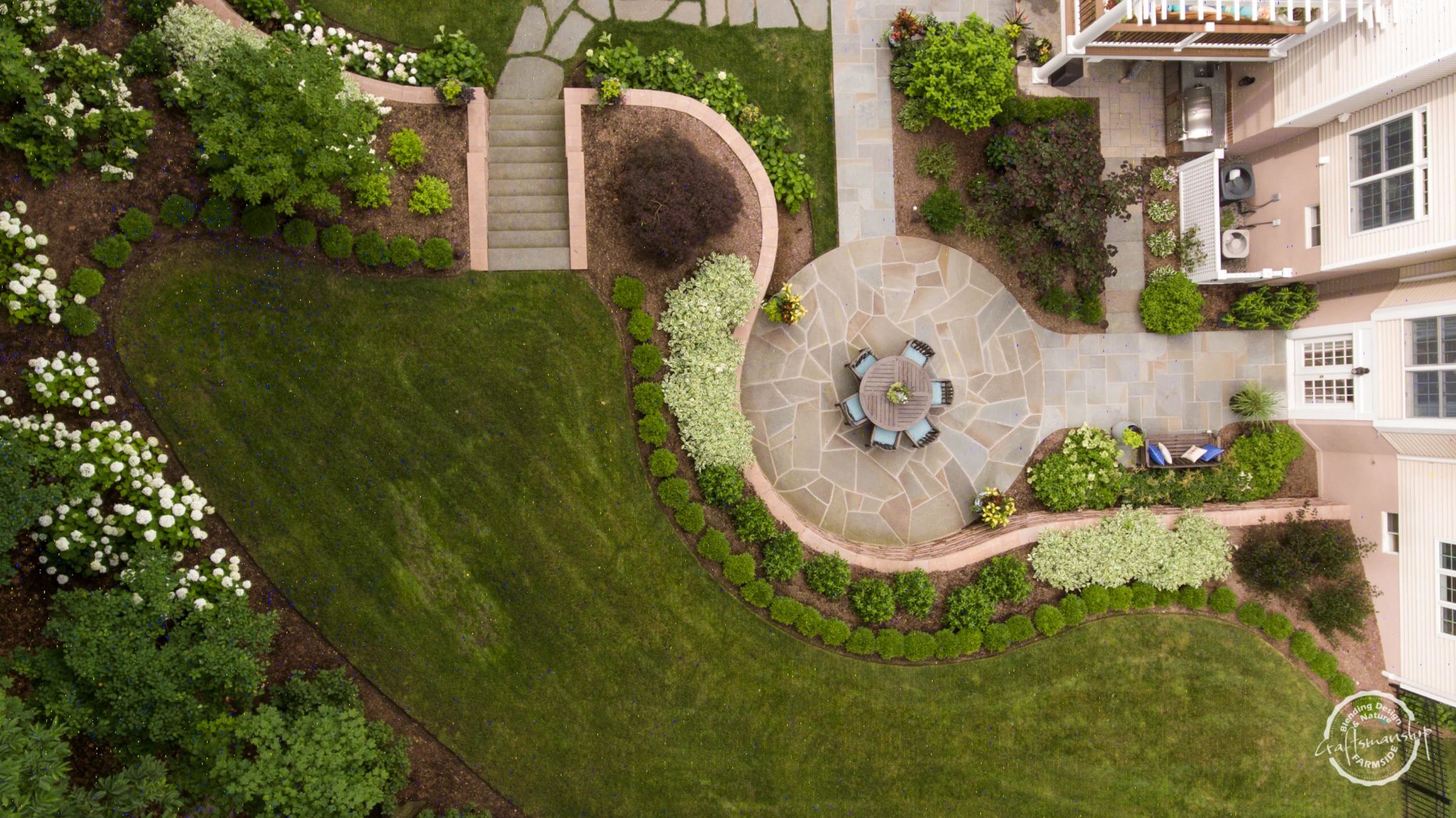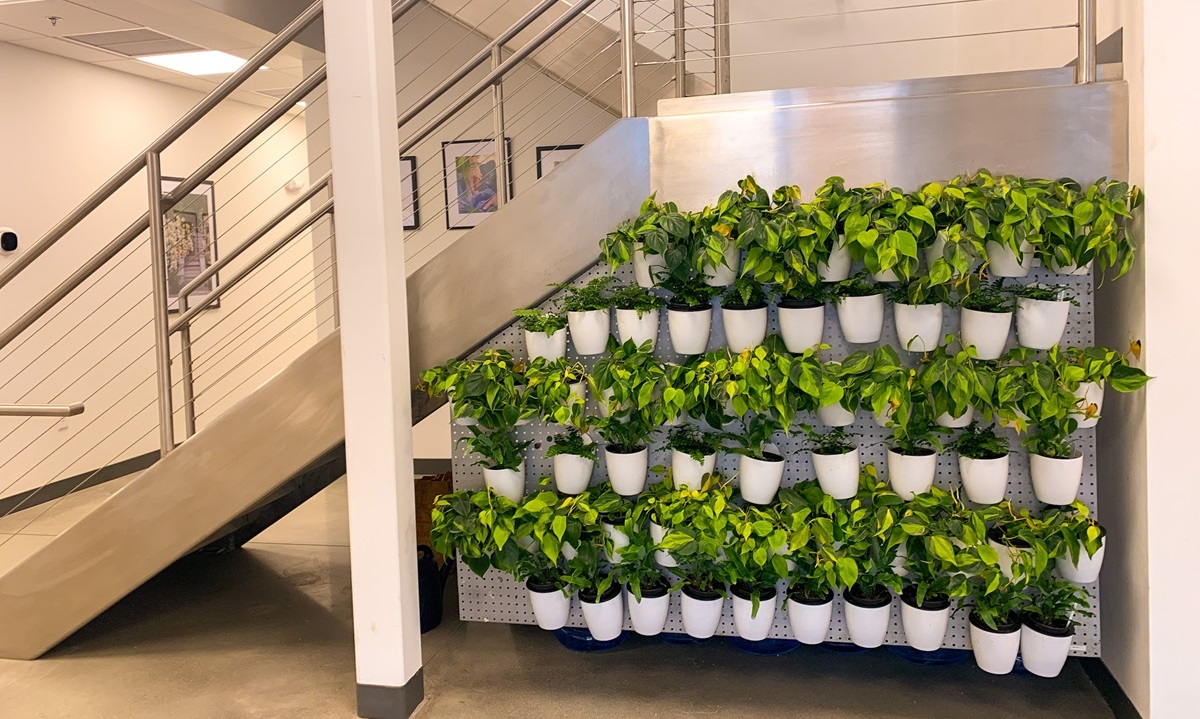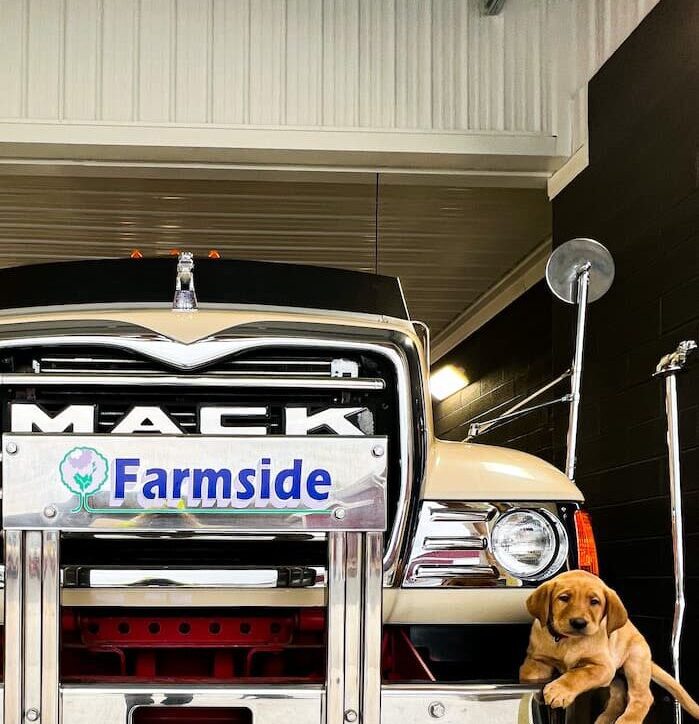Every beautiful lawn starts with a healthy foundation (see last week’s blog post, Breathing New Life Into Your Lawn: Part 1—The Foundation for Terrific Turf). Once yours is proper shape, it’s time to seed.
Grass Seed Types: Most grass seeds are a blend of several types of grasses. This helps to create a lawn that is attractive and adaptable to shifting environmental factors (weather, moisture, activity levels). Grasses are typically blended as cool season, warm season or transitional varieties. In our area (cold winters/hot summers) cool season grass seed blends are used. In these blends you’ll find the following grass types:
- Kentucky Blue Grass – Dark green color, aggressive spreading habit, handles moderate shade, foot traffic and heat.
- Perennial Rye Grass – A non-spreading variety that germinates quickly (great for erosion control) and handles high traffic areas beautifully with its fine bladed structure.
- Fine Fescues – These often include several types of fescues (hard fescue, chewings fescue, creeping red fescue and sheep fescue) that have a fine leaf texture, are shade tolerant with a quick growth habit
- Tall Fescues – Popular in Transition Zone seed blends due to their deep root growth habit, fine textured tall fescues are able to handle intense heat and drought very well
Seeding vs. Overseeding: Seeding a lawn refers to establishing a new lawn via seed. Overseeding refers to rejuvenating an existing lawn by aeration and seeding.
- Seeding a New Lawn: As with all planting endeavors, getting the soil ready is key. It should be as level as possible, free of weeds and tilled to a depth of 1-2 inches. You can then either add seeding soil by smoothly raking that into the surface, or add a starter fertilizer on top of the soil. Broadcast the seed using a spreader, then tamp the seed down with a roller for good adhesion to the soil. A seed mat can also be used to stave off erosion on areas that slope.
- Overseeding: If your lawn is at least 50% viable, you can overseed to rejuvenate your lawn. Once your soil is prepared and aerated, you can start seeding. Seed-to-soil contact and adequate water is critical for grass germination success. You should start to see grass seedlings emerge in 7-10 days from when you seeded.
Water: To help seeds germinate, it’s important to keep the top two inches of the soil moist, but not wet. Depending on the weather, that could mean a light, daily watering. An established lawn needs about one inch of water per week, and unlike a newly seeded lawn, should be watered deeply and less frequently (once or twice a week depending on rainfall). This allows the grass roots to grow deep, which helps to protect them from environmental stresses and insect infestations.
Is it time to give your lawn a boost? Contact us at Farmside Landscape & Design—we’ll get you the lush, green lawn you want!

